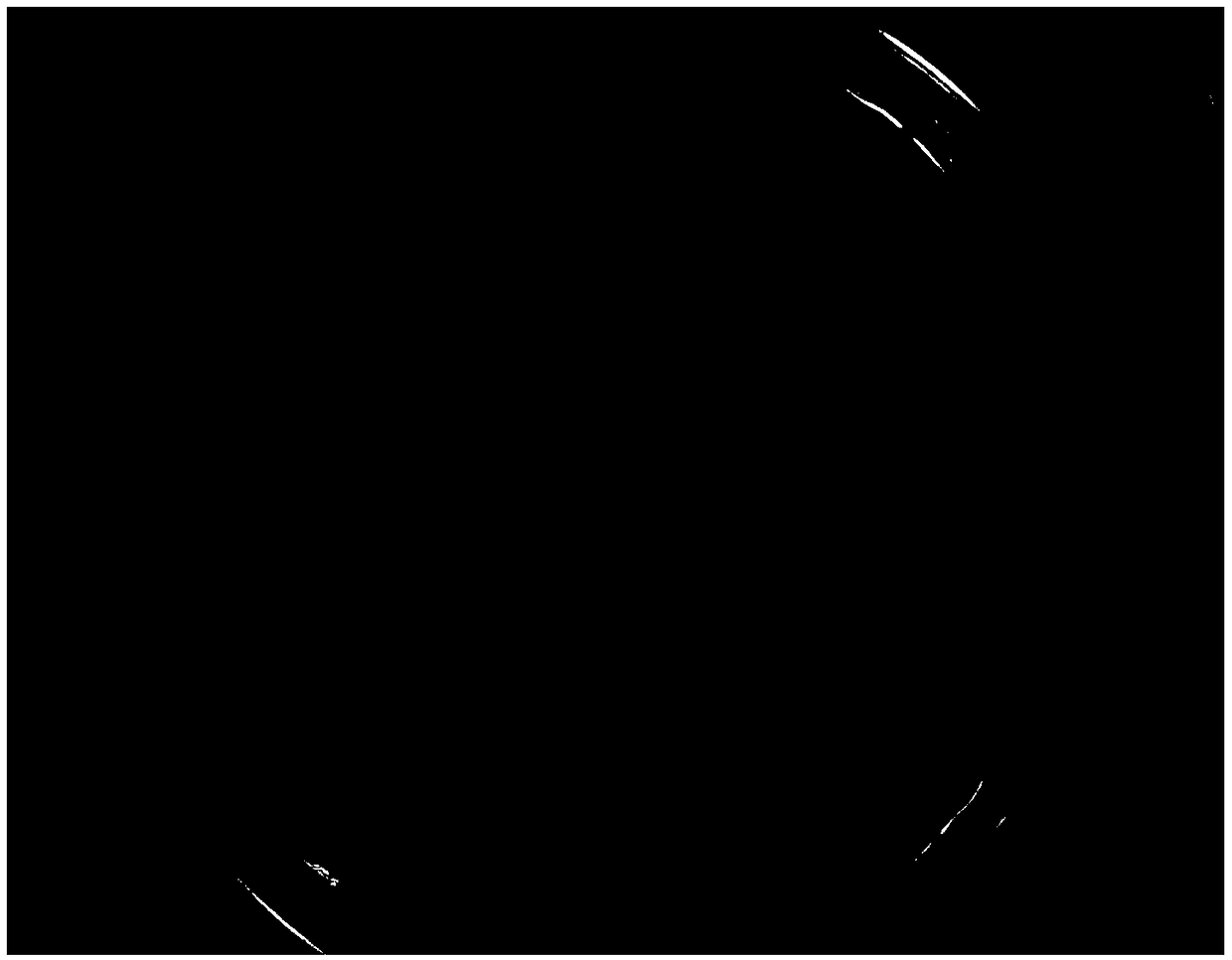Lactobacillus plantarum capable of producing antibacterial peptide as well as application thereof
A technology of Lactobacillus plantarum and bacteriostatic peptide, applied in the direction of Lactobacillus, application, bacteria, etc., to achieve good tolerance, broad application prospects, and good antibacterial effect
- Summary
- Abstract
- Description
- Claims
- Application Information
AI Technical Summary
Problems solved by technology
Method used
Image
Examples
Embodiment 1
[0028] Embodiment 1: the separation and purification of lactic acid bacteria
[0029] Take out the perch feces, weigh 1g and place it in a test tube filled with 9mL sterile normal saline, and mix evenly with a vortex mixer; 5 Take 0.1mL of the dilution solution from the three dilutions of the sample bacterial suspension, spread them on the MRS solid plate added with bromocresol purple respectively, culture at 37°C for 48 hours, and select a light yellow colony on the medium plate Carry out four-section line, culture at 37°C for 24-48 hours, repeat the line 2-3 times, and obtain the purified strain; carry out Gram staining and catalase experiments on the purified strain, and select Gram Bacterial strains with positive staining and negative catalase test.
Embodiment 2
[0030] Embodiment 2: the screening of producing antimicrobial peptide lactic acid bacteria
[0031] (1) Preparation of fermentation supernatant
[0032] Inoculate the fully purified bacterial strain obtained in Example 1 into MRS liquid medium, and culture it statically at 37°C for 24 hours to obtain the strain fermentation broth, which was centrifuged at 4°C and 10000r / min for 10 minutes, Keep the supernatant.
[0033] (2) Screening of bacteriostatic lactic acid bacteria
[0034] For common spoilage bacteria that cause food spoilage, select Escherichia coli, Bacillus subtilis, and Staphylococcus aureus. Use the fermentation supernatant obtained in step (1) to carry out the antibacterial experiment by the hole punching method, and screen out the bacterial strains with antibacterial activity. The specific results of strain YLY-1 of the present invention in the screening process of bacteriostatic lactic acid bacteria are shown in Table 1.
[0035] Table 1 The preliminary scr...
Embodiment 3
[0048] Embodiment 3: the identification of producing bacteriostatic peptide lactic acid bacteria strain
[0049] A selected bacteriostatic-producing lactic acid bacteria strain YLY-1 was cultured to the logarithmic growth phase, and its genomic DNA was extracted. Its 16s rDNA fragment was amplified using primers (forward primer AGAGTTTGATCCTGGCTCAG; reverse primer AAGGAGGTGATCCAGCCGCA), and sent to Sangon Bioengineering (Shanghai) Co., Ltd. for sequencing. ). Through sequence alignment, it was proved to be Lactobacillus plantarum, named as Lactobacillus plantarum (Lactobacillus plantarum) YLY-1.
PUM
| Property | Measurement | Unit |
|---|---|---|
| Diameter | aaaaa | aaaaa |
Abstract
Description
Claims
Application Information
 Login to View More
Login to View More - R&D
- Intellectual Property
- Life Sciences
- Materials
- Tech Scout
- Unparalleled Data Quality
- Higher Quality Content
- 60% Fewer Hallucinations
Browse by: Latest US Patents, China's latest patents, Technical Efficacy Thesaurus, Application Domain, Technology Topic, Popular Technical Reports.
© 2025 PatSnap. All rights reserved.Legal|Privacy policy|Modern Slavery Act Transparency Statement|Sitemap|About US| Contact US: help@patsnap.com



